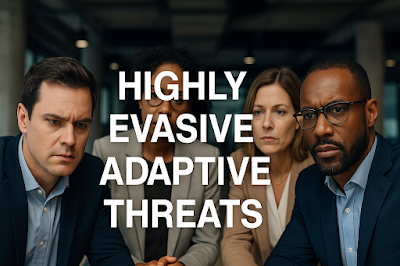Introduction
In a world where extreme weather events are accelerating in frequency and severity, the ability to forecast these disruptions with precision has become vital to global risk management strategies. From agricultural losses and infrastructure failures to insurance claims and financial volatility, weather-related uncertainties have grown into formidable risk vectors for both public and private sectors.









